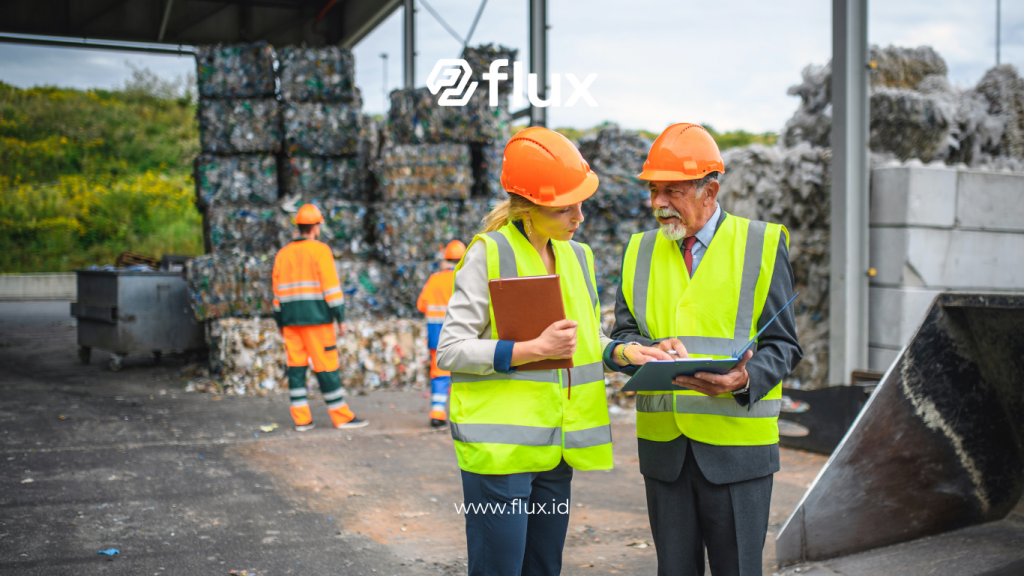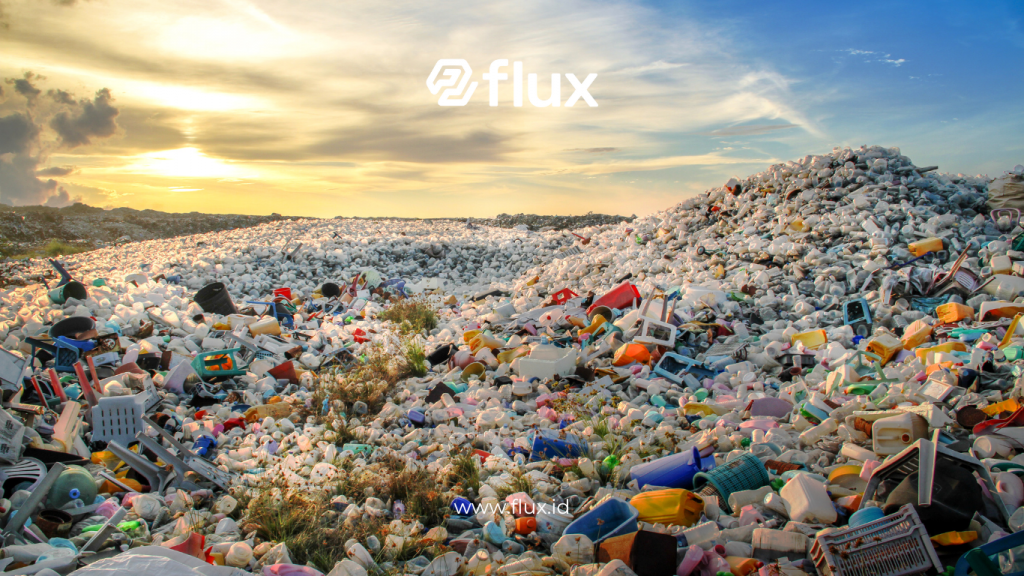Don't miss our holiday offer - 20% OFF!
As urban populations grow and cities expand, waste production has surged. This increase demands more efficient waste management to reduce environmental and public health impacts. In this situation, sensor technology offers a smart solution. This technology monitors, manages, and optimizes waste management systems in urban areas. This article explains how sensor technology can help create cleaner, more efficient cities.
Contents
- 1 What is Sensor Technology for Waste Management?
- 2 Types of Sensors in Waste Management
- 3 Benefits of Sensor Technology in Waste Management
- 4 How Sensor Technology Works in Waste Management
- 5 Implementation of Sensor Technology in Various Cities
- 6 Challenges in Implementing Sensor Technology for Waste Management
- 7 Solutions to Overcome Implementation Challenges
- 8 The Future of Waste Management with Sensor Technology
- 9 Conclusion
What is Sensor Technology for Waste Management?

Read More: Waste Sensors: Smart Waste Management
Simply put, sensor technology uses devices to monitor the condition of waste containers. For instance, sensors can detect fill levels, temperature, and even humidity. This information helps waste managers schedule collection times, reduce waste, and improve waste management efficiency.
Types of Sensors in Waste Management
- Ultrasonic Sensors
These sensors measure the fill level of waste bins by calculating the distance between the sensor and the trash surface. This data allows waste managers to determine the best time to empty the bins. - Temperature Sensors
Temperature sensors monitor the internal conditions of waste bins. For example, if the temperature is too high, it may indicate a chemical reaction that could lead to fire hazards. - Gas Sensors
Gas sensors detect hazardous gases like methane or carbon dioxide from organic waste. These sensors help reduce the risk of fires and air pollution. - Humidity Sensors
Humidity sensors monitor moisture levels in waste, which is important in managing organic waste. This information helps determine the ideal time to transport the waste.
Benefits of Sensor Technology in Waste Management

Read More: Reducing Pollution with Waste Sensors: Advanced Technology in Waste Management
The use of sensor technology provides numerous advantages, including:
- Reduced Operational Costs
With sensor technology, waste managers can optimize collection schedules based on fill levels, reducing fuel and labor costs. - Lower Carbon Emissions
More efficient waste collection reduces waste truck trips, which in turn reduces carbon emissions. - Cleaner Cities
Real-time monitoring allows for timely waste collection, preventing trash buildup and keeping the environment clean. - Improved Waste Processing Efficiency
Sensor data supports waste sorting processes, especially with organic and non-organic waste, making recycling easier. - Support for Sustainability
Sensor technology promotes environmental sustainability by encouraging recycling and reducing the negative impact of waste.
How Sensor Technology Works in Waste Management

Read More: The Impact of Waste Sensors on the Environmental Agency
Sensor technology involves placing devices on waste bins or collection areas. These sensors then collect data and send it to a central system through the Internet of Things (IoT) network. Here’s how the process works:
- Installing Sensors on Waste Bins
Each waste bin can be equipped with sensors to monitor indicators such as fill levels, temperature, and gases. - Data Transmission to Control Center
Sensor data is transmitted to the control center via the IoT network, enabling real-time data collection. - Data Analysis and Decision-Making
The system analyzes the data received and notifies waste management personnel if bins are full. - Optimizing Waste Collection Schedules
Based on real-time data, the system can set efficient waste collection routes, saving time and distance.
Implementation of Sensor Technology in Various Cities
Many major cities worldwide have adopted sensor technology for waste management, including Singapore, New York, and Tokyo. In Indonesia, large cities like Jakarta and Surabaya have also begun integrating this technology, bringing positive changes in environmental cleanliness.
Challenges in Implementing Sensor Technology for Waste Management
Despite its numerous benefits, sensor technology faces several challenges:
- Installation and Maintenance Costs
The initial investment to install sensors and build IoT infrastructure is substantial, requiring significant budgeting. - Network Infrastructure Limitations
The sensor system relies on IoT networks, which require stable infrastructure for optimal functioning. - Technology Readiness in Smaller Cities
Smaller cities may face difficulties in accessing the necessary technology and supporting infrastructure. - Community Resistance
Not all community members or personnel are ready to adopt new technology. Therefore, public education and socialization are necessary.
Solutions to Overcome Implementation Challenges

Read More: Waste Sensors for Smart Cities: Technological Innovations in Urban Environmental Management
To address these challenges, several solutions can be applied, including:
- Partnerships with the Private Sector
Local governments can partner with private companies to share the investment and maintenance costs. - IoT Infrastructure Development
Expanding IoT networks will enable the implementation of sensor technology in more locations. - Education and Socialization
Educating the public and staff will improve understanding and acceptance of sensor technology in waste management. - Subsidies for Small Cities
Central government could provide subsidies to smaller cities to give them access to this technology.
The Future of Waste Management with Sensor Technology
In the future, sensor technology in waste management will continue to evolve. Not only will it improve efficiency, but it will also contribute to greener and more sustainable cities. The integration of artificial intelligence (AI) could make these systems even more responsive. For instance, AI could analyze waste disposal patterns and predict when bins need to be emptied.
Conclusion
Sensor technology offers an innovative solution for urban waste management. With real-time monitoring, operational efficiency can be improved, management costs reduced, and environmental impacts minimized. Although there are challenges in implementation, collaboration between the government and private sector, as well as IoT infrastructure development, are expected to overcome these obstacles. With this technology, cities will become cleaner, more efficient, and more sustainable.





